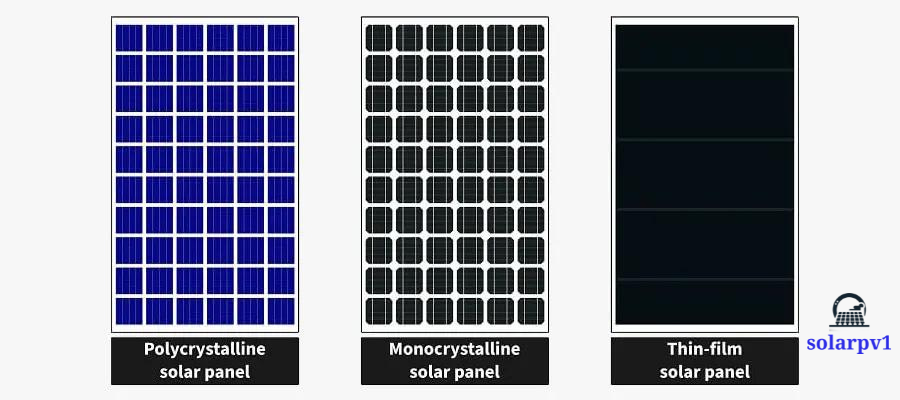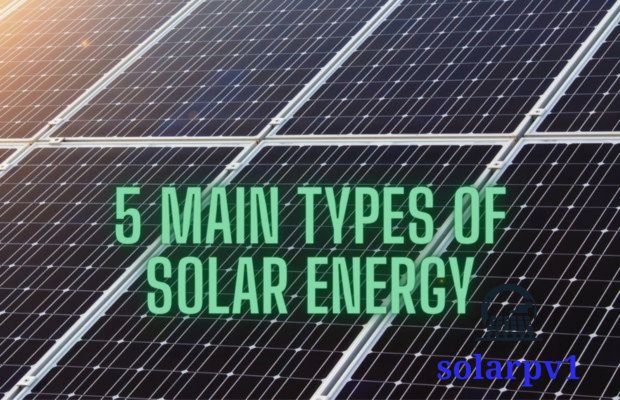Introduction to Solar Power Plants
- Solar power plants represent a cornerstone of the renewable energy sector, harnessing the abundant energy from the sun to generate electricity. These plants operate on the fundamental principle of converting solar radiation into electrical power, primarily through the use of photovoltaic (PV) panels or concentrated solar power (CSP) systems. Photovoltaic panels capture sunlight and convert it directly into electricity using semiconductor materials, while CSP systems focus sunlight to heat a fluid, driving a turbine to produce electricity.
- The importance of solar power plants lies in their ability to provide a sustainable and environmentally friendly energy source. Unlike fossil fuels, solar energy is inexhaustible, reducing reliance on non-renewable resources and mitigating greenhouse gas emissions. The environmental impact of solar power is minimal compared to traditional energy sources, contributing significantly to the reduction of air pollution and the combat against climate change.
- Moreover, solar power plants offer numerous benefits beyond environmental sustainability. They contribute to energy independence by diversifying the energy mix and reducing the vulnerability associated with energy imports. In addition, solar power plants can be deployed in a range of scales, from small residential systems to large utility-scale installations, making them versatile and adaptable to various energy needs and geographical locations.
- The global demand for clean energy solutions has surged in recent years, driven by the rising awareness of climate change and the need for sustainable development. Countries worldwide are increasingly investing in renewable energy infrastructure, and solar power plants are at the forefront of this transition. Governments and organizations are implementing policies and incentives to promote the adoption of solar energy, recognizing its potential to meet growing energy demands while ensuring environmental preservation.
- In summary, solar power plants play a crucial role in the shift towards renewable energy. Their ability to generate clean, sustainable, and versatile electricity positions them as a key player in the global energy landscape, addressing both environmental and energy security challenges.
Photovoltaic (PV) Solar Power Plants
- Photovoltaic (PV) solar power plants are the most prevalent type of solar power facilities utilized today. The core technology behind PV systems involves PV cells, which are semiconductor devices that convert sunlight directly into electricity through the photovoltaic effect. When sunlight strikes the PV cells, it excites electrons, generating a flow of electrical current. This direct conversion of sunlight into electricity is both efficient and sustainable, making PV systems a popular choice for renewable energy solutions.
There are several types of PV systems, each with unique characteristics and applications:

- Monocrystalline PV Systems: These are made from a single continuous crystal structure. Monocrystalline PV panels are known for their high efficiency and long lifespan. However, they are typically more expensive to produce compared to other types.
- Polycrystalline PV Systems: These systems are constructed from silicon crystals that are melted together. Polycrystalline panels are generally less efficient than monocrystalline but come at a lower cost, making them a more economical choice for many users.
- Thin-Film PV Systems: Thin-film PV panels are created by depositing one or more layers of photovoltaic material onto a substrate. They are lightweight and flexible, which allows for a variety of applications, including integration into building materials. However, they are generally less efficient than crystalline-based PV systems.
PV solar power plants offer several advantages, including:
- High Efficiency: Especially in the case of monocrystalline panels, PV systems can convert a significant portion of sunlight into usable electricity.
- Scalability: PV systems can be scaled to any size, from small residential installations to large utility-scale solar farms.
- Low Operating Costs: Once installed, PV solar power plants require minimal maintenance and have no fuel costs, resulting in lower operating expenses over time.
- Despite these advantages, there are also some disadvantages to consider:
- Initial Cost: The initial investment for PV systems can be high, although prices have been decreasing over the years.
- Variable Efficiency: The efficiency of PV systems can be affected by factors such as weather conditions, shading, and the angle of sunlight.
- Space Requirements: Large-scale PV installations require significant land area, which can be a limiting factor in densely populated regions.
Overall, PV solar power plants are a crucial component of the global strategy to transition to renewable energy sources, offering a balance of efficiency, scalability, and sustainability.
Concentrated Solar Power (CSP) Plants
- Concentrated Solar Power (CSP) plants represent a significant advancement in solar energy technology. Unlike photovoltaic systems that directly convert sunlight into electricity, CSP plants utilize mirrors or lenses to concentrate sunlight onto a small area, generating intense heat. This heat is then employed to produce steam, which drives turbines to generate electricity. CSP technology comes in several forms, each with unique mechanisms and efficiencies.
- One of the most prevalent types of CSP technology is the parabolic trough system. This system uses long, curved mirrors to focus sunlight onto a receiver tube containing a heat-transfer fluid. The heated fluid is then used to generate steam for electricity production. Parabolic troughs are known for their simplicity and established track record, making them a popular choice for large-scale solar power projects.
- Another innovative CSP technology is the solar power tower. This system employs a field of flat, movable mirrors called heliostats to direct sunlight onto a central receiver located atop a tall tower. The concentrated heat converts a working fluid, often molten salt, into steam, which drives a turbine. Solar power towers are highly efficient and can achieve higher temperatures than parabolic troughs, enhancing their overall performance and energy output.
- The dish Stirling system is a less common but equally intriguing CSP technology. It consists of a parabolic dish that focuses sunlight onto a Stirling engine located at the dish’s focal point. The concentrated heat drives the engine, which generates electricity. Dish Stirling systems are known for their high efficiency and modularity, making them suitable for both small-scale and distributed solar power applications.
- One of the noteworthy advantages of CSP plants is their potential for energy storage. By using thermal energy storage systems, CSP plants can store excess heat generated during sunny periods and use it to produce electricity when the sun is not shining, providing a more consistent and reliable power supply. This ability to generate electricity on demand addresses one of the key limitations of conventional solar power systems.
- However, CSP technology also faces several challenges. The high initial costs and complex infrastructure requirements can be significant barriers to widespread adoption. Additionally, CSP plants require large, open spaces with high direct sunlight, limiting their geographical applicability. Despite these challenges, the ongoing advancements in CSP technology hold promise for its future role in the renewable energy landscape.
Emerging and Hybrid Solar Power Technologies
- As the renewable energy sector continues to evolve, emerging and hybrid solar power technologies are gaining significant traction. Among the noteworthy advancements are bifacial panels, floating solar farms, and building-integrated photovoltaics (BIPV). Bifacial panels, which capture sunlight on both sides, offer higher energy yields compared to traditional single-sided panels. This technology leverages reflected light from the ground, thereby increasing the overall efficiency of solar power plants.
- Floating solar farms are another innovative development. These installations are deployed on bodies of water such as reservoirs, lakes, and even oceans. Floating solar platforms not only save valuable land space but also benefit from the cooling effect of water, which enhances the efficiency of photovoltaic cells. This technology is particularly advantageous in regions with limited land availability, providing a sustainable solution to meet energy demands.
- Building-integrated photovoltaics (BIPV) represent a seamless integration of solar technology into architectural elements such as rooftops, facades, and windows. BIPV systems offer a dual purpose by serving as building materials while generating electricity. This integration can significantly reduce the overall carbon footprint of buildings and contribute to urban sustainability.
- Hybrid solar power systems, which combine solar energy with other energy sources, are also making strides. Solar-wind hybrids utilize both solar panels and wind turbines to generate electricity. This combination can provide a more consistent energy supply by harnessing both solar and wind resources, which often complement each other in varying weather conditions. Similarly, solar-diesel hybrids integrate solar power with diesel generators, ensuring a reliable power supply in off-grid or remote locations.
- The potential of these emerging and hybrid solar technologies lies in their ability to enhance the efficiency, reliability, and versatility of solar power plants. By leveraging advanced technologies and integrating multiple energy sources, these systems are poised to play a crucial role in the sustainable energy landscape of the future.
